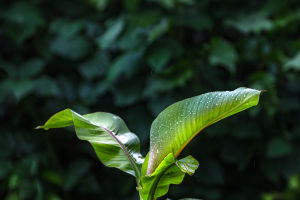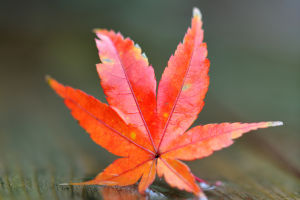Tea is an ancient beverage that has been enjoyed by humans for over three thousand years. Originating in China, tea is one of the three major human beverages, surpassed only by coffee and cocoa in terms of consumption.
The main benefits of drinking tea include stimulation and relief from tiredness, increased nutrition, and overall improvement of human health. Nutritionists even consider tea “the best drink given to man by nature”. The Japanese refer to tea as “the drink of the atomic age”.
Tea plantations are generally located in picturesque mountainous areas with fresh air and a beautiful natural environment. In China, tea plantations are mostly found in tea villages where the tea tree coverage rate is over 75%.
These areas are rich in green resources and also preserve many traditional lifestyles and customs, making them important ecological resources for preserving greenery and returning to basics.
Tea plantations are not only places where tea trees grow but also serve as sources of inspiration for a good life. They have evolved from being simple tea tree fields to modern ecological tea gardens, with grass and trees serving as boosters for the tea garden's construction.
Entering a tea garden is like entering a world of tea ecology. Protecting the ecological tea garden is crucial for securing the future of tea.
One famous tea plantation in China is the Changxing Tea Garden located in Zhejiang, the birthplace of Wu-Yue culture. Zhejiang is one of the most important tea-producing areas in China and is famous for the world-renowned West Lake Longjing.
With an area of over 2.7 million acres and an output of 170,000 tons, the tea garden in Changxing is a significant contributor to the future of China's tea industry.
To further preserve and display the essence of millennia-old tea culture, Changxing invested nearly 100 million yuan to rebuild the Datang Tribute Tea House, which is now a protected unit of Chinese cultural relics. The tea house covers an area of 110 acres and has a construction area of 15,000 square meters.
It has already received visitors from Japan, Korea, Singapore, Malaysia, Sri Lanka, and other countries for inspection and exchange. The establishment of the Datang Tribute Tea House has brought tea tourism in Changxing to a new level, promoting its economic development.
The tea culture of Changxing is represented by its signature purple bamboo shoot tea, purple sand pot, and Jinsha spring. The elegant charm of the thousand-year tea culture is inviting more people to enter the tea garden in Changxing. Each tea plantation has its own unique and beautiful side, making it worth visiting.
In conclusion, tea plantations are more than just places for growing tea trees. They are sources of inspiration for a good life, and preserving the ecological tea garden is important for securing the future of tea.
The tea culture in Changxing is just one example of the beauty and elegance that can be found in tea plantations, and there are many more waiting to be explored.


